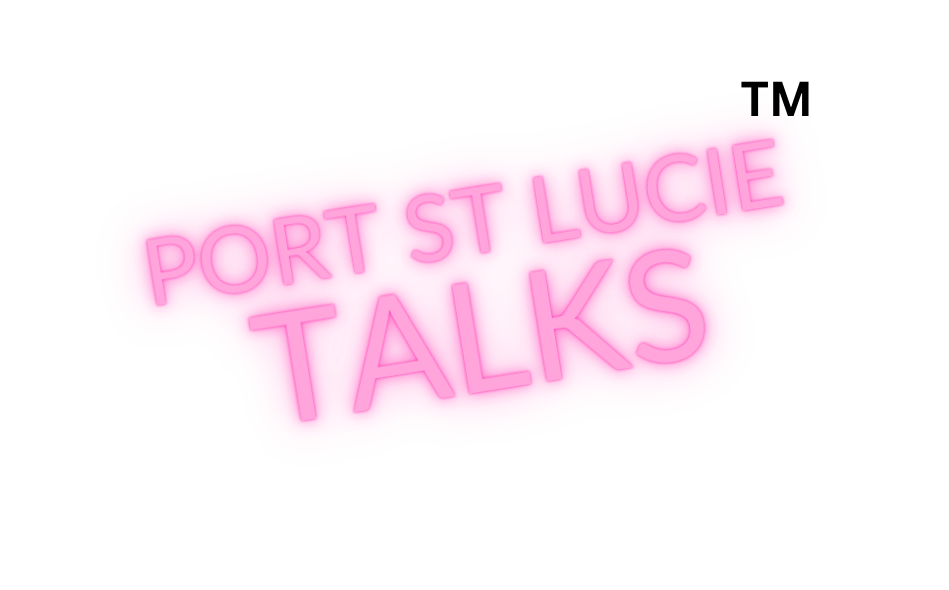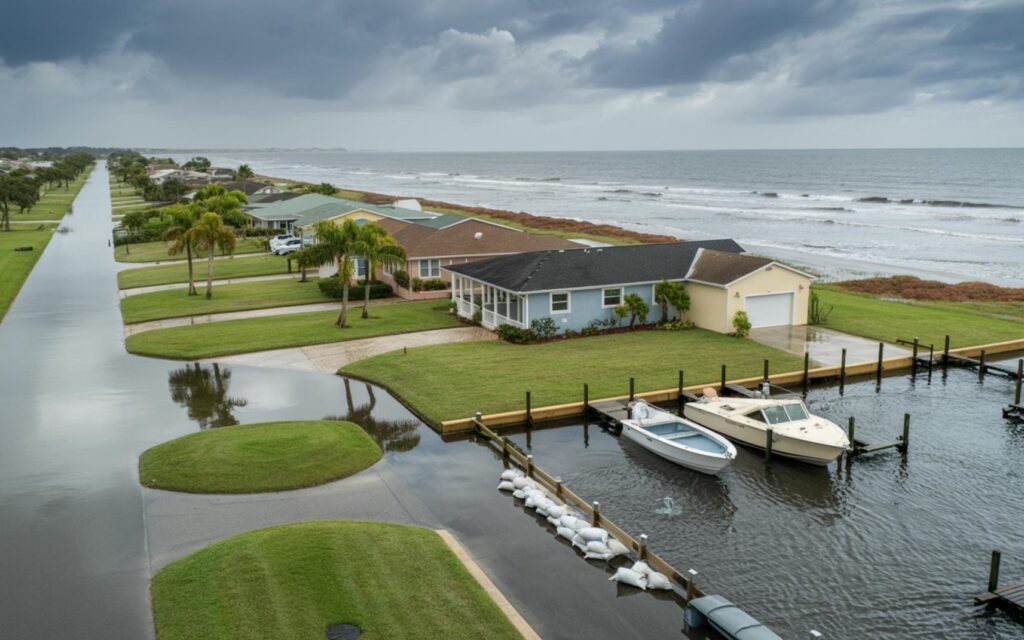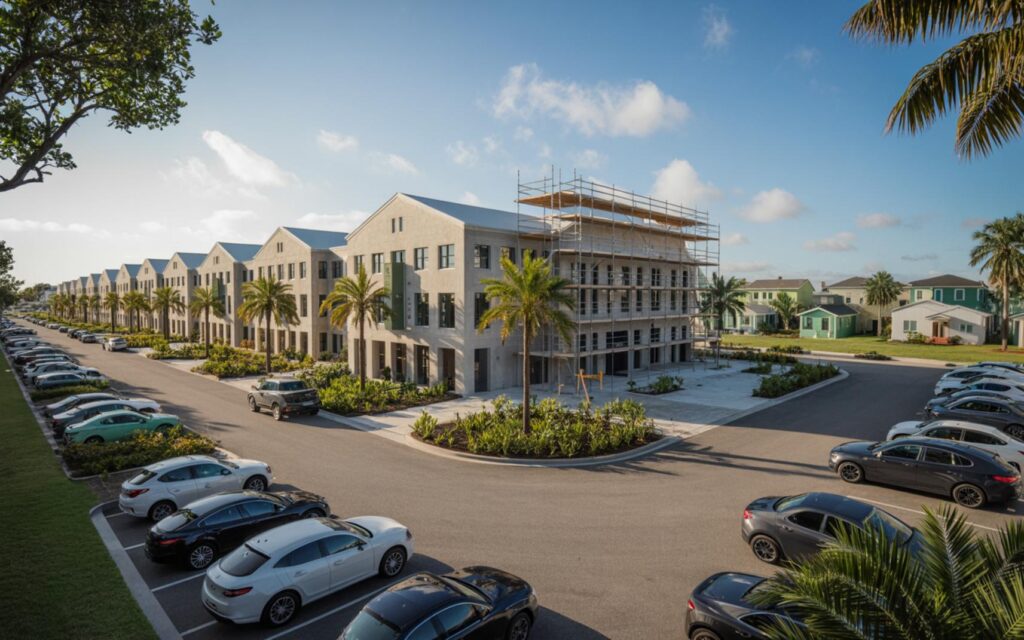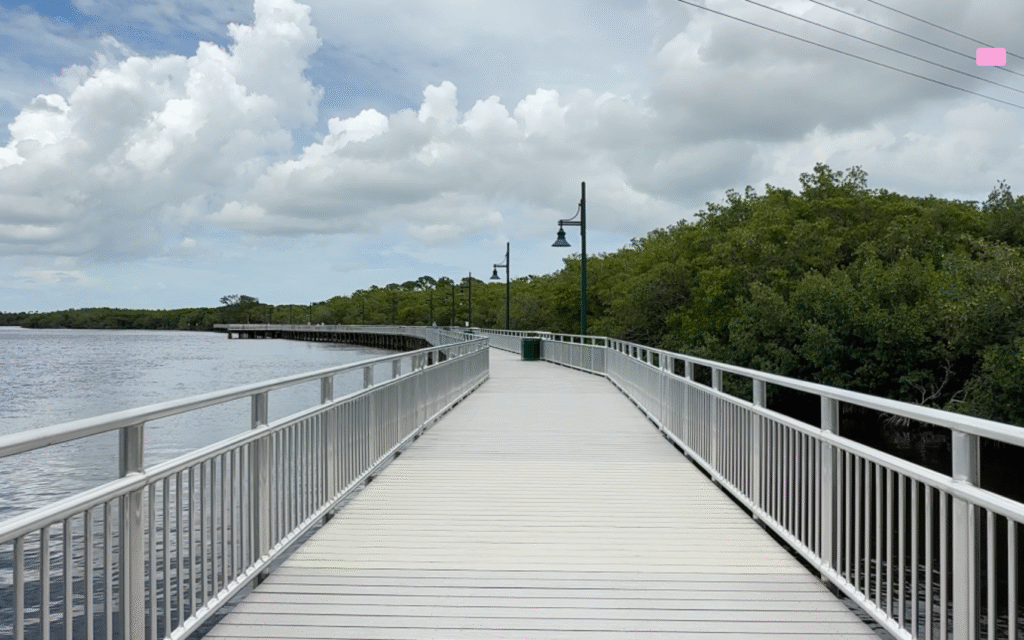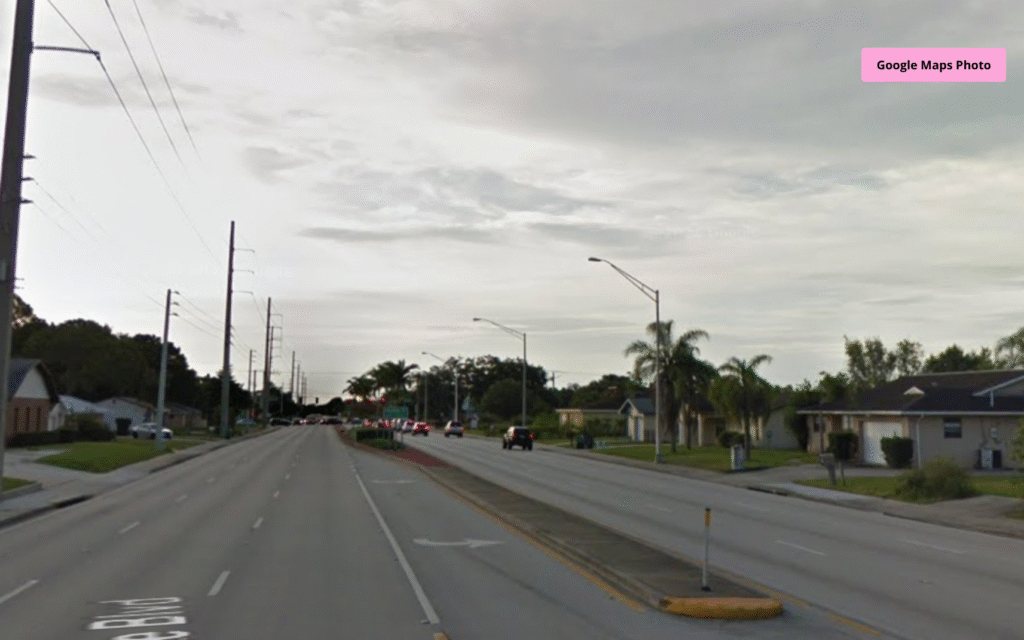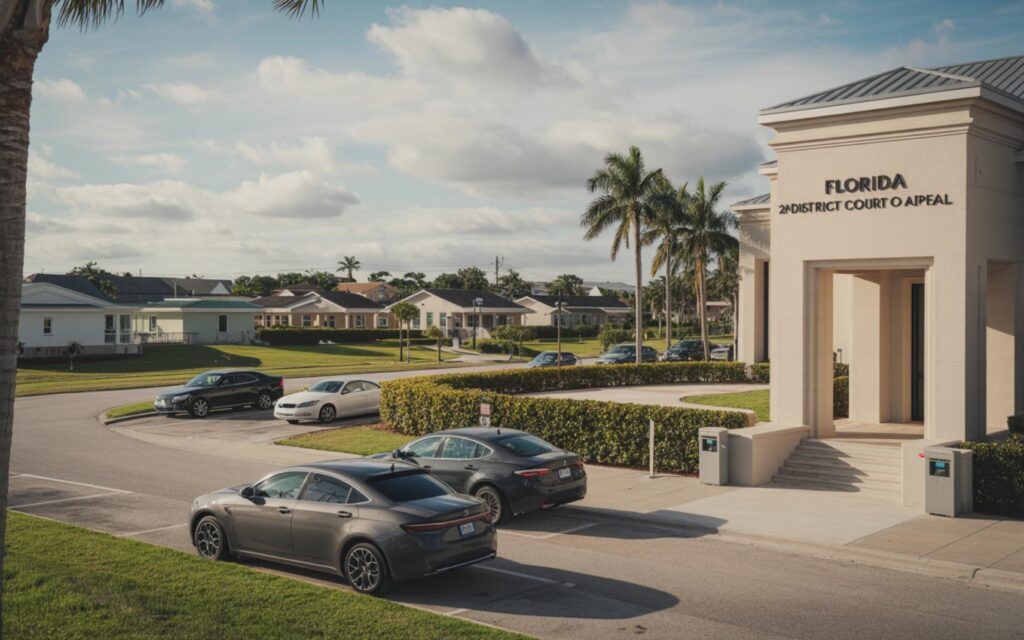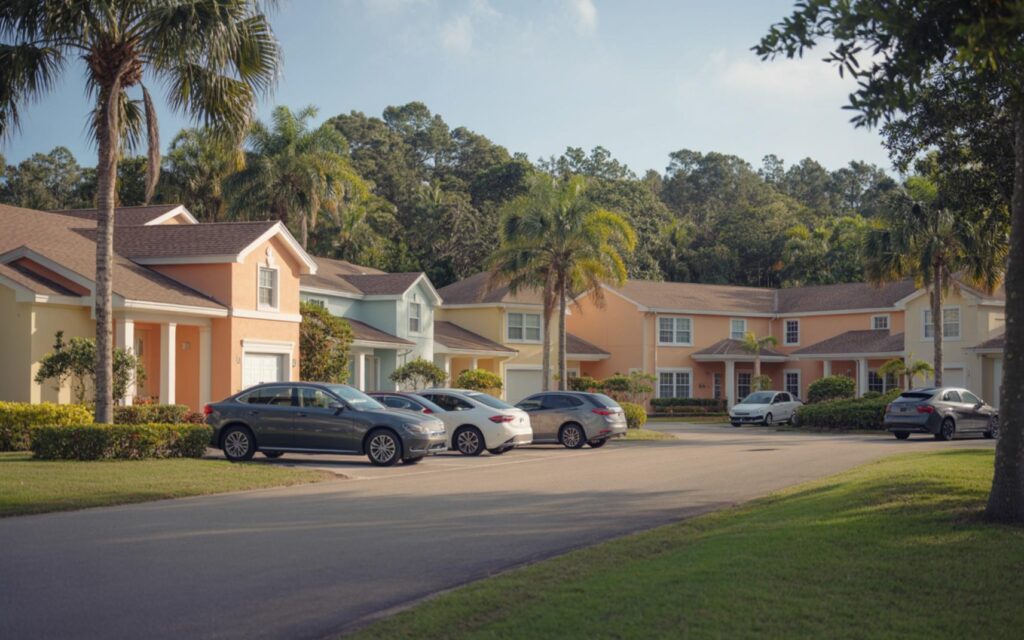Onshore breezes are bringing scattered showers and increased rip current risks to the Treasure Coast, affecting coastal areas in Indian River, St. Lucie, and Martin counties. The main keyword, onshore breezes, is central to current weather patterns influencing local conditions along the region’s beaches and waterways.
Onshore Breezes Impacting Treasure Coast Weather
Onshore breezes, also called sea breezes, are shaping the daily weather for the Treasure Coast. According to meteorological reports, these breezes develop as land heats up faster than the Atlantic Ocean, drawing cooler, moist air inland. This process increases humidity and often leads to scattered showers or thunderstorms, especially during the afternoon and evening hours.
Officials report that wind gusts are reaching 20 to 25 mph at times, with wave heights along the Treasure Coast generally between 3 and 5 feet. Periods of stronger onshore winds are producing occasional swells up to 6 to 8 feet, making conditions more dynamic for local residents and visitors.
Rip Current Risk and Beach Safety
The National Weather Service has identified a moderate to high risk of rip currents along East Coast beaches, particularly during times of increased wave action. Rip currents are strong, narrow channels of water that can pull swimmers away from shore, posing a significant safety concern during periods of elevated surf.
Officials recommend that beachgoers remain alert to posted warnings and avoid swimming near piers, jetties, or in areas where rip currents are likely to form. The risk is highest during the afternoon and evening, when sea breezes and frontal boundaries enhance wave activity and rainfall chances.
Wave Heights and Surf Conditions
Wave heights along the Treasure Coast are fluctuating between 3 and 5 feet, with occasional swells reaching up to 6 to 8 feet during stronger onshore winds. These conditions can lead to rough surf, making swimming and boating more hazardous. The St. Lucie County Emergency Management advises caution for anyone entering the water or operating small vessels.
Beach and Dune Erosion
Minor beach and dune erosion is possible due to elevated surf and tidal conditions, especially during high tide and around the new moon phase. Coastal Flood Statements are in effect for some areas, according to the National Weather Service, with potential for nuisance or minor tidal flooding. These impacts are typical during periods of persistent onshore breezes but can be intensified by astronomical tides or recent coastal changes.
Rain Chances and Afternoon Showers
Rain chances across the Treasure Coast are ranging from 20% to 50%, depending on the strength of the sea breeze and proximity to frontal systems. Meteorologists note that the interaction of sea breezes with frontal boundaries can enhance rainfall and storm development inland, leading to more frequent afternoon and evening showers.
These weather patterns are common in the fall, as cooler air masses interact with warm Atlantic waters. The seasonal transition and frontal passages contribute to variable wind patterns, with shifts between offshore and onshore flow influencing daily weather outcomes.
Marine Conditions and Boating Advisory
Marine conditions are generally favorable for boating along the Treasure Coast, but caution is advised due to occasional rough surf and rip currents. The U.S. Coast Guard and local marine authorities recommend that boaters monitor weather updates and remain aware of changing conditions, particularly during periods of increased wind and wave activity.
- Wave heights: 3–5 feet, with occasional swells up to 6–8 feet
- Wind gusts: 20–25 mph at times
- Rip current risk: Moderate to high, especially during strong onshore winds
- Tidal flooding: Possible minor impacts during high tide and new moon
Expert Perspectives on Onshore Breezes
Meteorologists emphasize that onshore breezes are a common driver of afternoon showers and thunderstorms in Florida’s coastal regions. Experts highlight the importance of monitoring rip current risks and beach conditions, particularly during periods of strong winds and elevated surf. Coastal flooding and minor erosion are considered typical during these weather patterns but can be exacerbated by high tides and recent coastal impacts.
Officials advise residents and visitors to stay informed about changing beach and marine conditions, especially during the fall season when these weather patterns are most frequent along the Treasure Coast.
Frequently Asked Questions About Onshore Breezes on the Treasure Coast
What are onshore breezes and how do they affect the Treasure Coast?
Onshore breezes, or sea breezes, occur when cooler ocean air moves inland as land heats up faster than the sea. On the Treasure Coast, these breezes increase humidity and often bring scattered showers or thunderstorms, especially in the afternoon.
How much do onshore breezes increase rip current risk in St. Lucie County?
Onshore breezes can raise the risk of rip currents along St. Lucie County beaches, especially when wind speeds and wave heights are elevated. Officials report that the risk is moderate to high during periods of strong onshore winds.
Are there safety advisories for boating and swimming during onshore breezes?
Yes, local authorities and the U.S. Coast Guard advise caution for boaters and swimmers during periods of strong onshore breezes. Rough surf and rip currents can make conditions hazardous along the Treasure Coast.
Can you expect more rain during periods of onshore breezes in PSL?
Periods of onshore breezes in Port St. Lucie often lead to a higher chance of afternoon and evening showers. Rain chances typically range from 20% to 50%, depending on sea breeze strength and frontal boundaries.
Where are the highest wave heights reported along the Treasure Coast?
The highest wave heights are usually seen along exposed beaches in Indian River, St. Lucie, and Martin counties during strong onshore winds. Swells can reach up to 6 to 8 feet at times, according to official sources.
